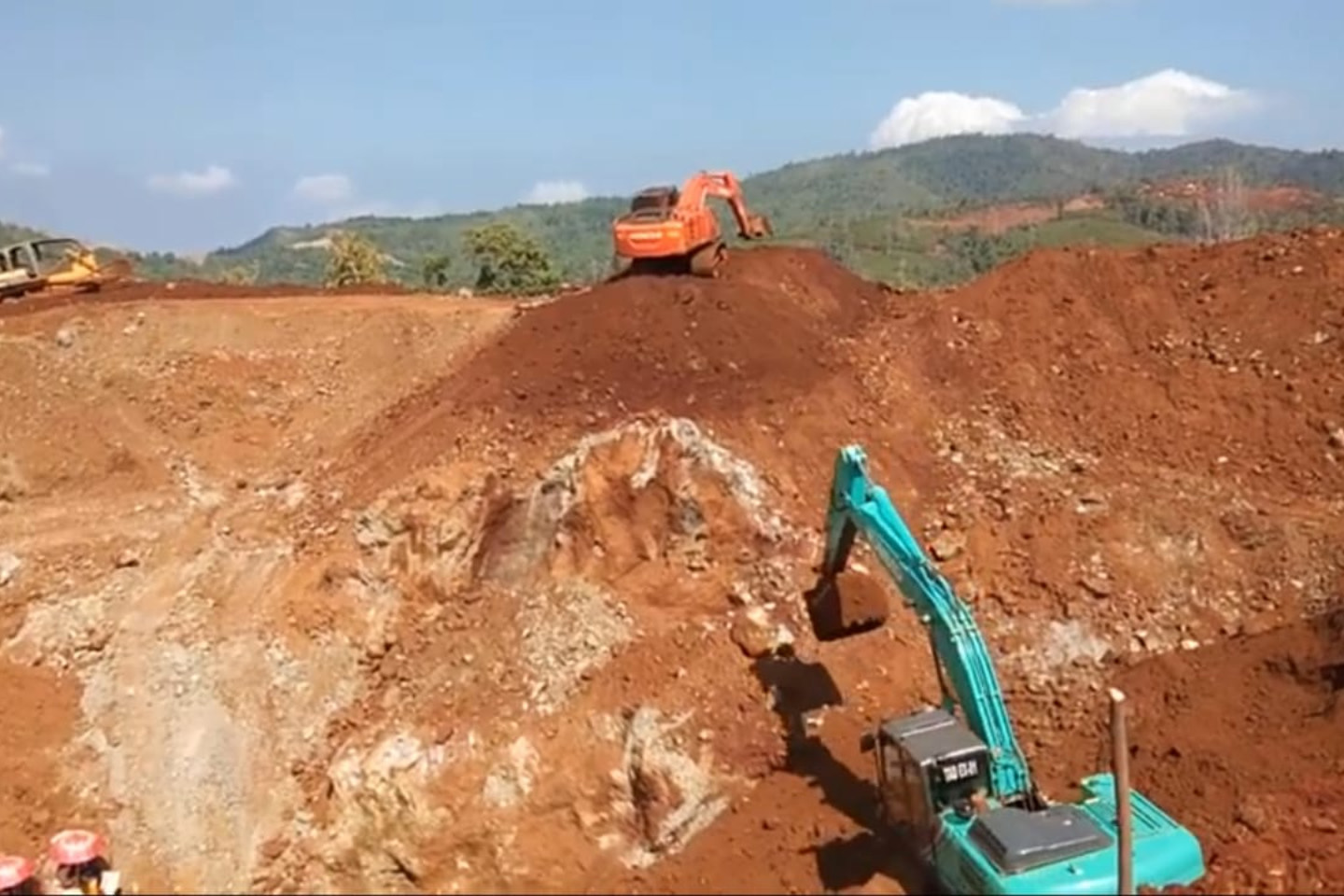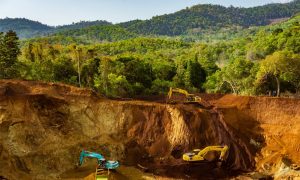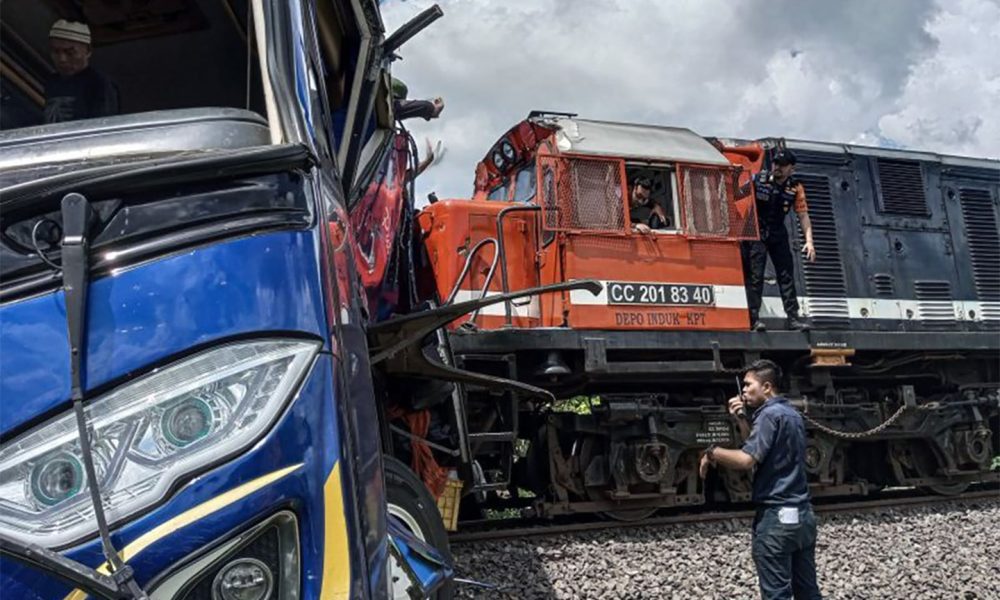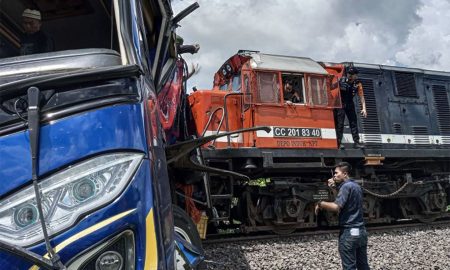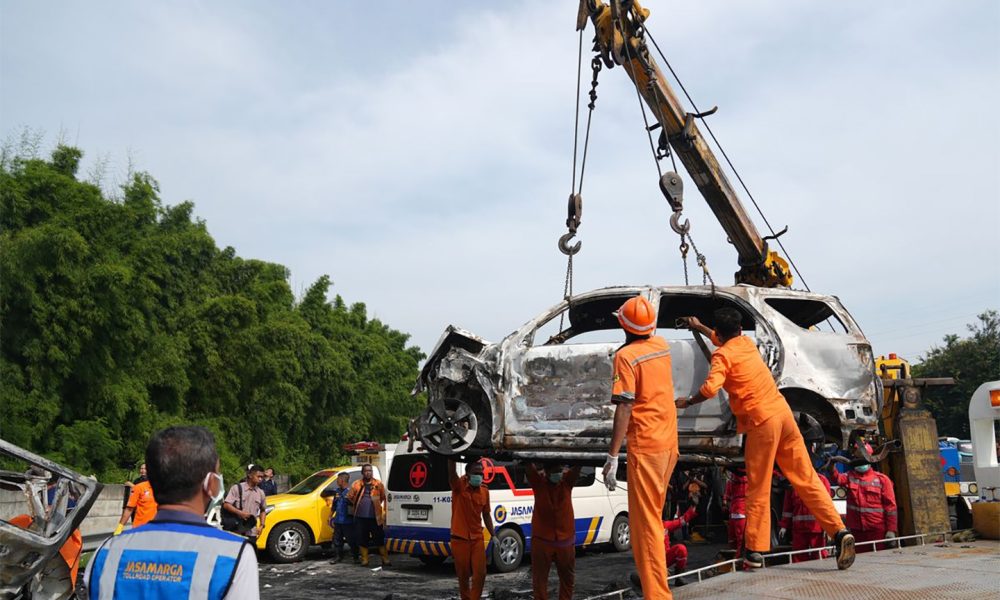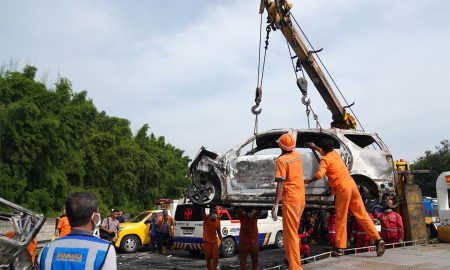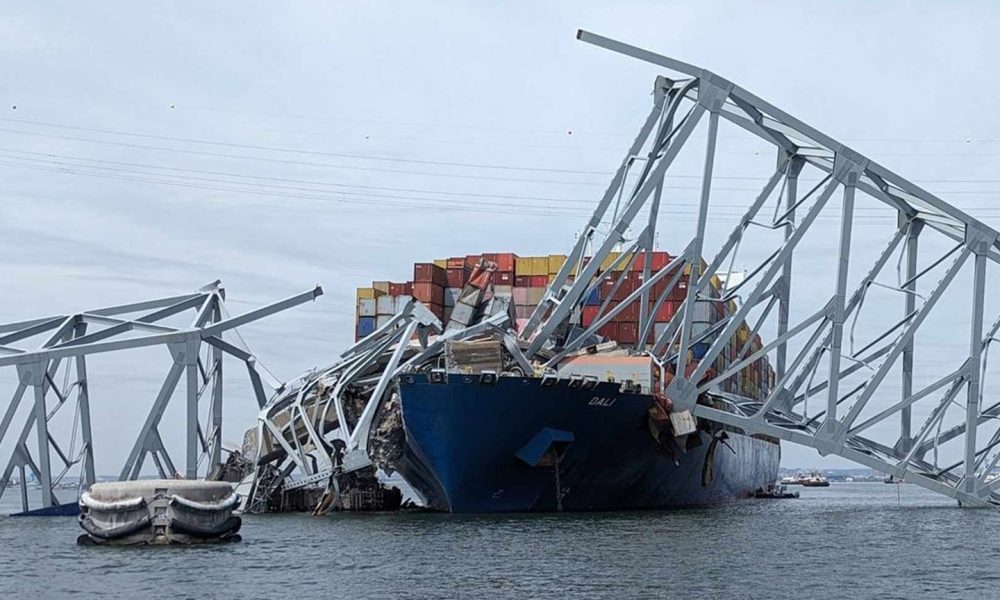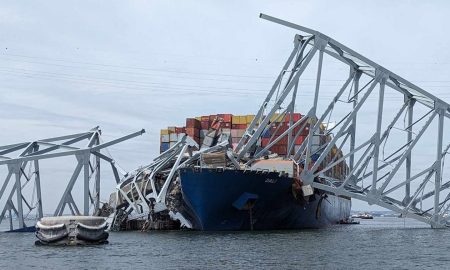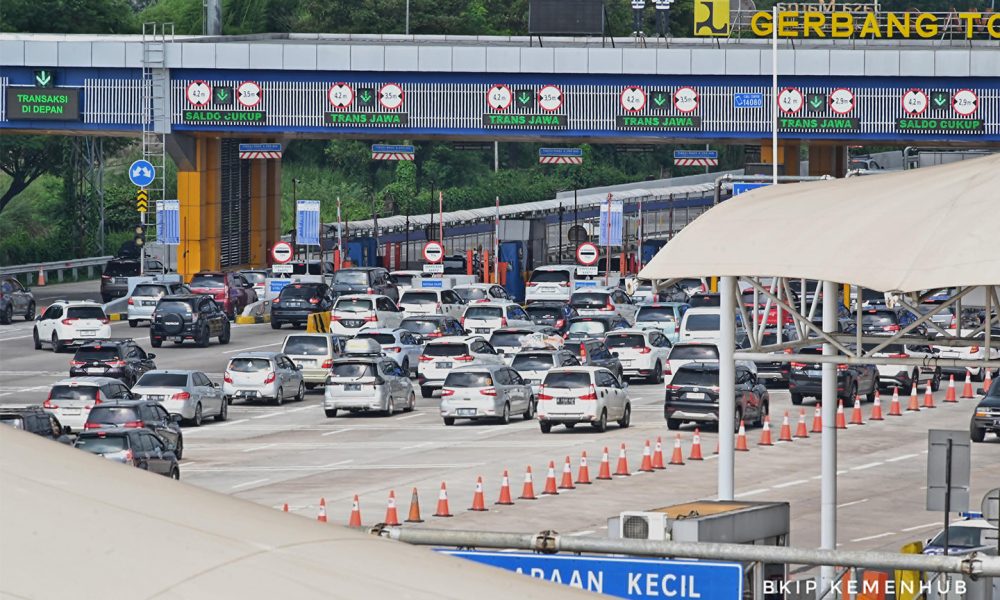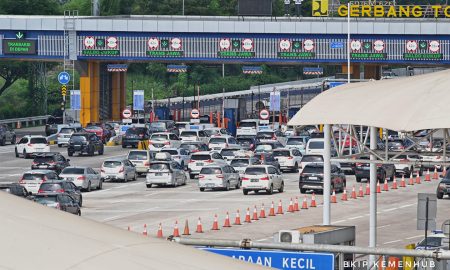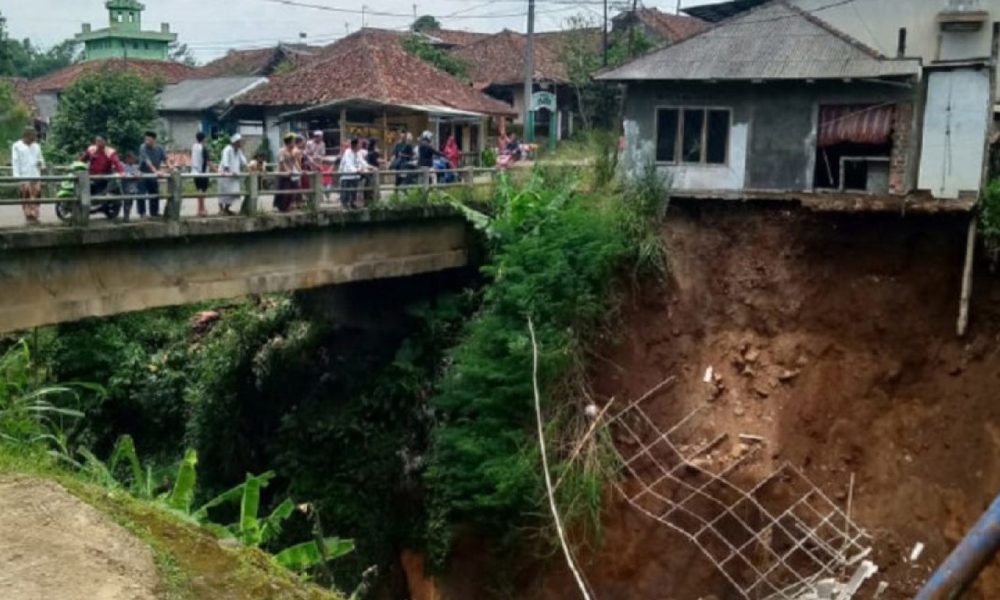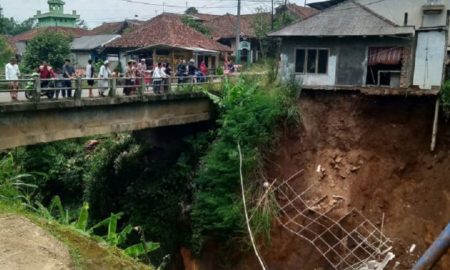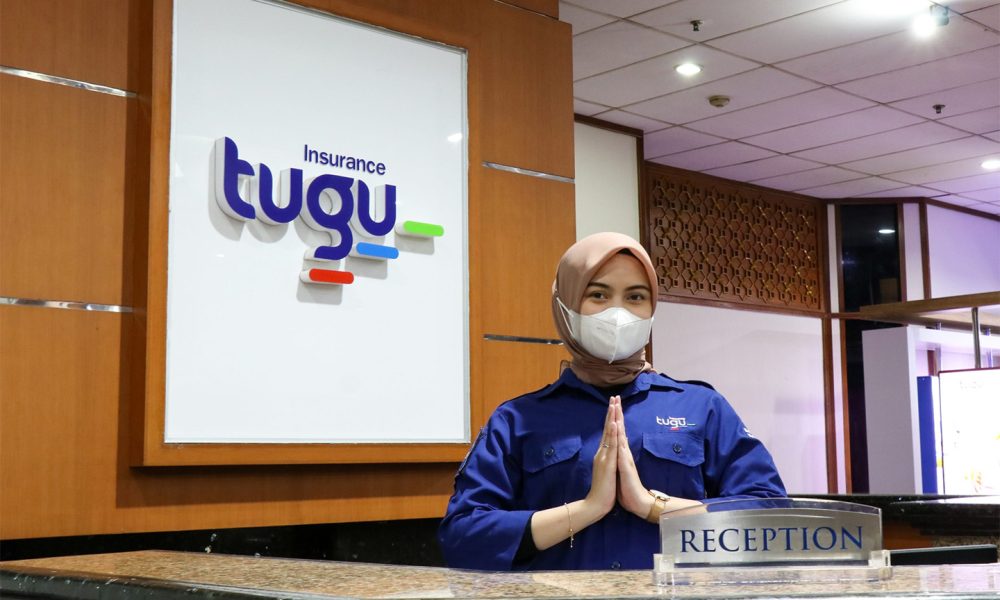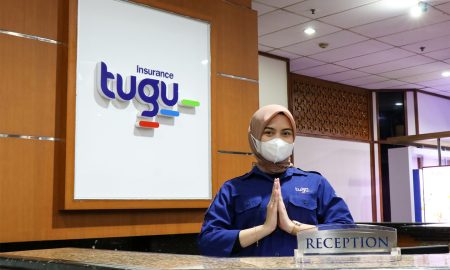Liga Asuransi – Dear Readers, how are you? I hope your business is doing well.
Now, let’s continue the discussion about risk management and insurance. We still discuss Risk Management and Insurance in the Nickel Mining Industry.
For the new readers, welcome! For your information, we focus on risk management and insurance in various industries on this website. And this time, we will discuss implementing an effective risk management plan for a nickel mining operation.
If you are interested in this article, please share it with your friend so they can understand as you do. We have hundreds of articles on this website regarding risk management and insurance, and please feel free to explore.
What are nickel mining and plant?
For your information, nickel mining is extracting nickel-containing ore from the earth’s crust for further processing into useful nickel products.
Nickel is a silvery-white metal known for its excellent resistance to corrosion and high melting point. It is widely used in industrial and commercial applications, including manufacturing stainless steel, batteries, and other electronic components.
Mining nickel typically involves several stages, including exploration, development, and production.
Exploration involves identifying potential nickel deposits using various techniques, including geophysical surveys and drilling. Once a deposit has been identified, the site is developed by constructing access roads, mining infrastructure, and other necessary facilities.
The mining process involves removing overburden (the layer of rock and soil above the ore body), followed by extracting the nickel ore using various methods such as underground mining, open-pit mining, or a combination of both.
The ore is then processed to separate the nickel from other elements, typically through physical and chemical processes.
The global nickel mining industry is dominated by a handful of large companies, including Vale, Norilsk Nickel, BHP Billiton, and Glencore. These companies operate mines in several countries worldwide, with the largest reserves located in Australia, Canada, Indonesia, and Russia.
Indonesia’s Nickel Mining Profile
Indonesia is the world’s largest nickel ore producer, with vast reserves of nickel laterite ores, which are processed to produce nickel pig iron (NPI) and nickel matte. The industry has undergone significant changes in recent years, driven by government policies and market forces.
Looking to the future, Indonesia’s nickel industry faces several challenges and opportunities. On the one hand, rising demand for nickel in electric vehicle batteries and other applications is expected to drive global demand for nickel.
Indonesia is well-positioned to meet this demand. On the other hand, there are concerns about the environmental and social impacts of nickel mining and the need for sustainable mining practices and responsible investment.
In response to these challenges, the Indonesian government has set ambitious targets to develop the country’s mining sector, attract investment, and promote sustainable development. These include plans to develop a domestic electric vehicle industry, build downstream processing facilities, and establish special economic zones for the mining industry.
The success of these initiatives will depend on various factors, including global demand for nickel, the availability of investment, and the ability to balance economic development with environmental and social sustainability.
What is the meaning of effective risk management?
Nickel mining has faced criticism from environmental and social activists due to the potential impact on local ecosystems and communities, particularly in areas where mining activities are carried out in sensitive environments or close to indigenous peoples.
As a result, many mining companies are taking steps to mitigate their environmental impact and engage with local communities to ensure that their operations are sustainable and responsible.
Effective risk management refers to identifying, assessing, and controlling risks that may impact an organization’s ability to achieve its objectives. It involves identifying potential risks the organization may face, assessing the likelihood and impact of those risks, and implementing strategies to mitigate or manage them.
Effective risk management aims to minimize the negative impact of risks on an organization while maximizing the potential opportunities that risks may present. This involves understanding the nature and severity of threats and developing strategies to either avoid them or minimize their impact if they do occur.
Effective risk management involves several key components, including:
- Risk identification
This involves identifying potential risks that may impact the organization’s financial, operational, legal, and reputational objectives.
- Risk assessment
This involves assessing the likelihood and potential impact of identified risks. Risk assessment helps organizations prioritize risks and allocate resources effectively.
- Risk mitigation
This involves developing strategies to reduce the likelihood and impact of identified risks. This may involve implementing controls, transferring risk to other parties through insurance or contractual arrangements, or avoiding certain activities altogether.
- Risk monitoring
This involves monitoring and reviewing risks to ensure they are effectively managed. This includes evaluating the effectiveness of risk management strategies and adjusting them as necessary.
Effective risk management is essential for organizations to achieve their objectives while minimizing the negative impact of potential risks. It requires a proactive approach to risk management integrated into an organization’s overall strategy and operations.
How is the Implementing an effective risk management plan for a nickel mining operation?
Implementing an effective risk management plan for a nickel mining operation involves several steps, including:
- Risk Identification
The first step is to identify the potential risks associated with the mining operation. This may include risks related to the environment, health and safety, social impacts, legal and regulatory compliance, and financial risks.
- Risk Assessment
Once the risks have been identified, the next step is to assess each risk’s likelihood and potential impact. This will help prioritize risks and allocate resources more effectively.
- Risk Mitigation
After assessing the risks, the next step is to develop strategies to mitigate or manage those risks. This may involve implementing controls such as safety protocols, environmental monitoring, and community engagement programs.
- Risk Monitoring
Regular monitoring and reviewing of the risk management plan are critical to ensure it remains practical and current. This involves reviewing the effectiveness of controls, tracking risk exposure, and updating the plan as necessary.
- Stakeholder Engagement
Effective risk management plans require engagement with stakeholders, including local communities, regulators, and other relevant stakeholders. This engagement helps to ensure that all risks are identified and managed appropriately.
- Continuous Improvement
Finally, an effective risk management plan must be continuously improved to manage evolving risks effectively. This may involve regular risk assessments, stakeholder feedback, and ongoing monitoring and evaluation.
Implementing an effective risk management plan for a nickel mining operation requires a comprehensive approach that considers all potential risks and engages with stakeholders to ensure the plan is effective and sustainable.
What is the uniqueness of the risks of a nickel mining operation?
There are several unique risks associated with nickel mining operations, including:
- Environmental Risks
Nickel mining operations can significantly impact the environment, including soil and water contamination, habitat destruction, and air pollution. This can result in negative impacts on local ecosystems and wildlife populations and potential health risks for nearby communities.
- Geotechnical Risks
Mining operations involve digging and excavating, leading to instability in the surrounding terrain. This can result in landslides, rock falls, and other geotechnical risks that can endanger workers and nearby communities.
- Health and Safety Risks
Mining operations involve heavy machinery, explosives, and other hazardous materials, posing significant health and safety risks for workers. This includes risks related to respiratory health, hearing loss, and physical injury.
- Social Risks
Mining operations can also have significant social impacts, particularly in communities where mining activities occur. This includes potential impacts on local cultures, displacement of indigenous peoples, and impacts on local economies and employment opportunities.
- Market Risks
Nickel prices can be volatile and subject to fluctuations in global markets. This can impact the profitability of mining operations and the ability of mining companies to meet financial obligations.
Nickel mining operations involve a range of complex and interconnected risks that must be effectively managed to ensure the safety of workers, minimize negative impacts on local communities and the environment, and maintain the financial viability of mining operations.
The most probability of accidents and loss in nickel mining and plant
The most common types of accidents and losses that can occur in nickel mining and processing plants include:
- Slips, Trips, and Falls
These are some of the most common accidents in mining and processing plants. They can occur when workers walk on uneven or slippery surfaces, climb ladders or stairs, or work at heights.
- Machinery Accidents
Heavy machinery is used extensively in nickel mining and processing, and machinery accidents can result in severe injury or death. These accidents can occur due to equipment failure, human error, or poor maintenance practices.
- Fires and Explosions
Mining and processing plants involve using explosives and other flammable materials, which can result in fires and explosions. These incidents can cause significant property damage, injuries, and fatalities.
- Chemical Exposure
Workers in nickel mining and processing plants may be exposed to chemicals such as acids, solvents, and other hazardous substances. Exposure to these chemicals can result in respiratory issues, skin irritation, and other health problems.
- Environmental Accidents
Mining and processing activities can significantly impact the environment. Accidents such as spills or leaks of chemicals or waste products can damage local ecosystems and waterways.
It’s essential for nickel mining and processing companies to have comprehensive risk management plans to address these potential risks and prevent accidents and losses. This includes implementing appropriate safety measures, providing adequate worker training, and regularly reviewing and updating risk management plans.
Accidents happened in the nickel mining plant worldwide.
There have been several accidents that have occurred in nickel mining and processing plants around the world. Here are a few examples:
- In 2014
A major accident occurred at a nickel processing plant in New Caledonia owned by Vale. A storage tank containing a mixture of ammonia and ammonium nitrate exploded, killing two workers and injuring several others.
- In 2015
A worker was killed at a nickel mining operation owned by First Quantum Minerals in Australia. The worker was driving a loader when it tipped over, crushing the driver’s cabin and killing the operator.
- In 2017,
A fire broke out at a nickel processing plant in Norway owned by Nornickel. The fire caused significant damage to the plant and shut down one of the production lines.
- In 2019,
A worker was killed at a nickel mining operation owned by Solway Group in Guatemala. The worker was struck by a vehicle while working on a drilling rig.
- In 2020
A worker was killed at a nickel mining operation in Canada owned by Vale. The worker was operating a heavy equipment when it overturned, killing the operator.
Accidents happened in the nickel mining plant in Indonesia.
There have been several accidents that have occurred in nickel mining plants in Indonesia. Here are a few examples:
- In 2018
A worker was killed at a nickel mining operation in Southeast Sulawesi. The worker was struck by a falling rock while working in the underground mine.
- In 2019
A landslide occurred at a nickel mining site in North Maluku. The landslide buried several workers and heavy equipment, resulting in several fatalities and injuries.
- In 2020
A worker was killed in an underground mine collapse at a nickel mining operation in South Sulawesi. The incident occurred when a large section of the mine collapsed, trapping several workers.
- In 2021
A worker was killed in a heavy equipment accident at a nickel mining operation in West Sulawesi. The worker was operating a bulldozer when it overturned, crushing the operator.
These accidents highlight the importance of effective risk management and safety measures in nickel mining operations in Indonesia.
Mining companies must take appropriate steps to prevent accidents and ensure the safety of their workers, including providing adequate training, implementing safety protocols, and regularly reviewing and updating risk management plans.
The Indonesian government has also been working to improve safety regulations and enforcement in the mining industry.
What are the types of insurance needed for nickel mining plants?
Depending on the risks and activities involved, several types of insurance may be needed for a nickel mining plant. Here are a few examples:
This type of insurance covers damage or loss to buildings, equipment, and other property owned by the mining company. This may include coverage for damage caused by fires, explosions, natural disasters, or other accidents.
Liability insurance protects the mining company from claims of injury or damage caused to third parties, such as employees, contractors, or local communities. This may include bodily injury, property damage, or environmental pollution coverage.
- Workers’ compensation insurance
Workers’ compensation insurance benefits employees injured or ill due to their work. This may include coverage for medical expenses, lost wages, and disability benefits.
- Business interruption insurance
Business interruption insurance covers lost income and other expenses incurred if the mining operation is temporarily shut down due to an unexpected event, such as a natural disaster or equipment failure.
- Environmental liability insurance
This type of insurance covers damages and costs associated with environmental pollution caused by the mining operation. This may include coverage for cleanup costs, third-party liability, and legal expenses.
Mining companies need to work with experienced insurance brokers and underwriters to identify the specific risks associated with their operations and obtain appropriate insurance coverage to mitigate them.
Why do nickel mining and contractors need insurance brokers to arrange their insurance needs?
Nickel mining and contractors need insurance brokers to arrange their insurance needs for several reasons:
- Expertise
Insurance brokers specialize in the insurance industry and have the expertise to help mining companies and contractors identify and understand their insurance needs.
They can also help them navigate complex insurance policies and terms and ensure they obtain the appropriate coverage for their specific risks.
- Access to markets
Insurance brokers have access to a wide range of insurance markets and can help mining companies and contractors find the best coverage and rates for their needs. They can also negotiate with insurers on behalf of their clients to ensure they get the best possible terms and pricing.
- Risk management
Insurance brokers can assist mining companies and contractors in identifying and assessing their risks and develop risk management strategies to mitigate them. This can help them reduce their insurance premiums and avoid claims in the first place.
- Claims management.
In the event of a claim, insurance brokers can assist mining companies and contractors in managing the claims process and ensuring they receive a fair settlement. They can also guide how to prevent similar incidents from happening in the future.
Insurance brokers can provide valuable guidance and support to nickel mining and contractors in identifying, mitigating, and managing their risks and ensuring they have the appropriate insurance coverage to protect their operations and employees.
One of the leading insurance brokers in Indonesia focusing on Nickel Mining and the plant is L&G Insurance Broker.
For all your insurance needs, please call L&G now!
—
LOOKING FOR INSURANCE PRODUCTS? DON’T WASTE YOUR TIME AND CALL US RIGHT NOW
24-HOUR L&G HOTLINE: 0811-8507-773 (CALL – WHATSAPP – SMS)
website: lngrisk.co.id
E-mail: customer.support@lngrisk.co.id
—



